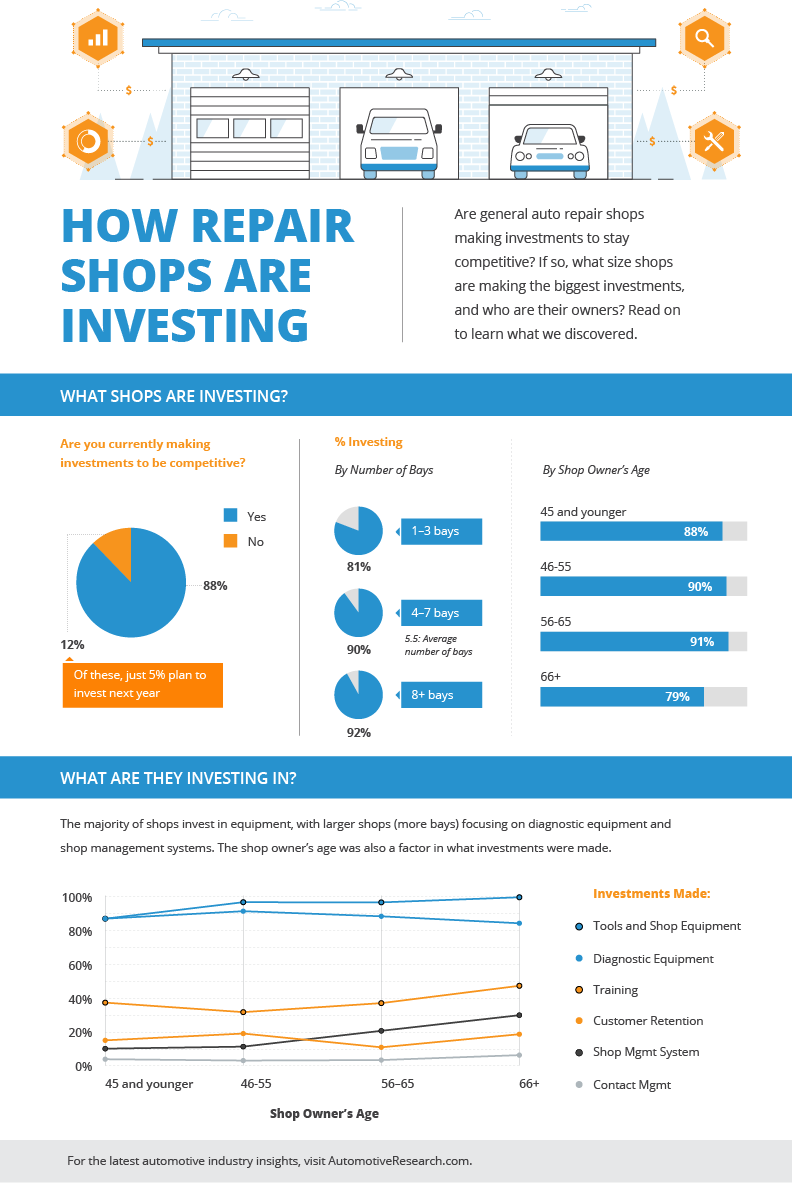Realizing The Significance Of Your Automobile'S Warning Signals: What They Actually Stand For
Realizing The Significance Of Your Automobile'S Warning Signals: What They Actually Stand For
Blog Article
Post By-Sykes Stark
When you lag the wheel, those glowing caution lights on your dashboard can be a little bit perplexing. Do you understand what they're attempting to tell you about your auto's health and wellness? Understanding the relevance of these lights is essential for your safety and security and the longevity of your automobile. So, the next time one of those lights turns up, would not you want to decode its message properly and take the essential actions to resolve it?
Common Caution Lights and Interpretations
Determine usual warning lights in your automobile and comprehend their meanings to make certain risk-free driving.
The most typical warning lights include the check engine light, which indicates concerns with the engine or exhausts system. If this light begins, it's essential to have your lorry inspected without delay.
The oil stress advising light shows reduced oil pressure, requiring instant focus to avoid engine damage.
A blinking battery light may suggest a faulty billing system, potentially leaving you stranded if not dealt with.
The tire stress monitoring system (TPMS) light notifies you to reduced tire pressure, impacting automobile stability and gas efficiency. Disregarding this could bring about hazardous driving problems.
The ABS light suggests a problem with the anti-lock stopping system, endangering your capability to quit swiftly in emergency situations.
Lastly, the coolant temperature warning light warns of engine getting too hot, which can cause severe damage otherwise solved quickly.
Recognizing these typical caution lights will aid you resolve concerns promptly and preserve risk-free driving conditions.
Importance of Prompt Interest
Understanding the usual caution lights in your automobile is just the initial step; the relevance of immediately attending to these warnings can't be emphasized enough to ensure your safety and security when traveling.
When a caution light brightens on your dashboard, it's your car's method of communicating a potential concern that needs attention. Overlooking these cautions can bring about much more severe issues later on, compromising your safety and potentially costing you more out of commission.
informative post to advising lights can stop breakdowns and mishaps. For example, a flashing check engine light can show a misfire that, if left unattended, could cause damage to the catalytic converter. Resolving this immediately can conserve you from an expensive repair service.
Similarly, a brake system cautioning light could signal reduced brake fluid or worn brake pads, vital components for your safety when driving.
Do It Yourself Troubleshooting Tips
If you see a caution light on your control panel, there are a couple of do it yourself troubleshooting ideas you can try before seeking specialist aid.
The first step is to consult your vehicle's handbook to understand what the specific caution light indicates. Sometimes the problem can be as simple as a loose gas cap causing the check engine light. Tightening the gas cap may deal with the trouble.
One more common issue is a low battery, which can activate different advising lights. Checking the battery connections for corrosion and guaranteeing they're safe and secure may fix the problem.
If a caution light continues, you can attempt resetting it by separating the vehicle's battery for a couple of minutes and after that reconnecting it. Furthermore, inspecting your automobile's liquid degrees, such as oil, coolant, and brake fluid, can help repair warning lights connected to these systems.
Conclusion
In conclusion, understanding your cars and truck's warning lights is necessary for keeping your vehicle running efficiently and securely. By quickly addressing click over here now and knowing what they suggest, you can avoid pricey repair services and possible failures.
Remember to consult your auto's guidebook for specific information on each warning light and take action accordingly to make sure a trouble-free driving experience.
Keep educated, stay risk-free when driving!
